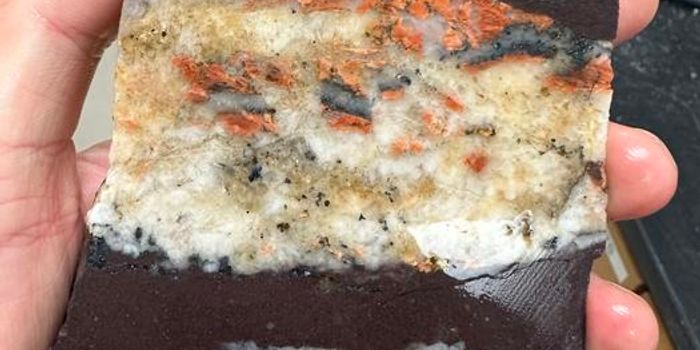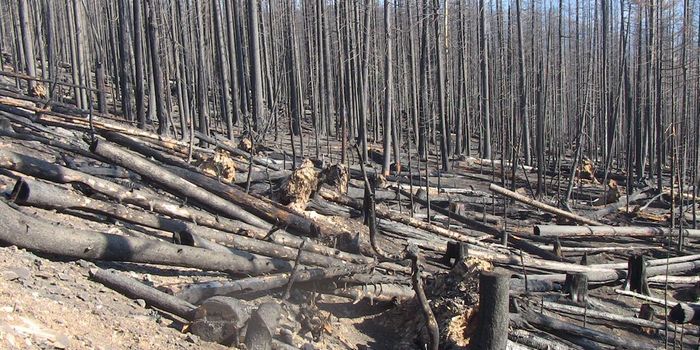Climate change and its unfortunate impact on allergies
United States Center for Disease Control estimates about 25% of Americans suffer from allergies. A case for concern for allergies is the impact on various aspects of the environment that climate change has had. Research published in Proceedings of the National Academy of Sciences (PNAS) a few years ago highlights the connection between climate change and pollen concentrations, which can exacerbate respiratory allergies such as asthma and hay fever.
There has been an observed increase in pollen concentrations and longer pollen seasons across North America. This trend is strongly linked to rising temperatures, which are a hallmark of climate change. As temperatures continue to climb, plants experience altered growth patterns and phenology, leading to changes in pollen production and release. The result is an extended period of exposure to allergenic pollen, posing a significant challenge for individuals susceptible to respiratory allergies.
The impact of climate change on pollen concentrations is particularly concerning given the widespread prevalence of allergies in the American (and global) population. Allergic diseases, including asthma and allergic rhinitis, affect millions of people worldwide and contribute to significant healthcare burdens. Increases in pollen concentrations are associated with higher rates of medication purchases, emergency room visits, and decreased quality of life for allergy sufferers.
Changes in temperature and precipitation patterns can alter the distribution and abundance of plant species, leading to shifts in the types of pollen present in the environment. This can introduce new allergens to regions where they were previously uncommon, potentially affecting individuals who were previously unaffected by allergies. Additionally, warmer temperatures and increased moisture provide ideal breeding grounds for mold, leading to higher indoor and outdoor mold concentrations.
The impact of climate change on allergies is not limited to North America but is a global concern. Similar trends in pollen concentrations and seasonal shifts have been observed in other regions of the world, highlighting the widespread nature of the problem. As temperatures continue to rise and weather patterns become more erratic, the prevalence and severity of allergic diseases are expected to increase, placing additional strain on healthcare systems and public health resources.
Addressing the impacts of climate change on allergies requires a multifaceted approach that incorporates mitigation and adaptation strategies. Understanding these complex interactions is crucial for developing effective strategies to protect public health in the face of a changing climate.
Sources: Proceedings of the National Academy of Sciences of the United States of America, United States Center for Disease Control








